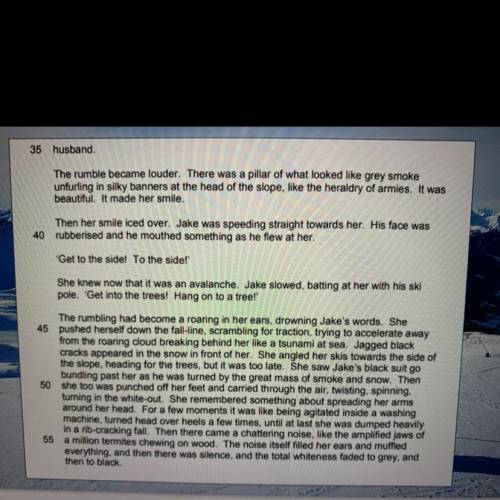
That often means that there will be one or two things that you’ll forget, as you’ll be concentrating so hard on doing the others.Īs I wrote on the previous post about question 3, we’re going to discuss levels here, not grades.

Like question 4 on Paper 2, you are assessed on four things here. Now let’s look at the markscheme and pick out what you’re being assessed on.

You’re being asked to look at their point of view and the way they share what they think about the topic that binds the two extracts together. As you may remember, the focus of paper 1 is exploring how writers create texts, and the focus on Paper 2 is how writers express viewpoints and perspectives.Īs we move on to the second part of the question, it tells us to compare how the two writers convey their …Īt this point you could be asked about perspectives or attitudes – how they see things and how they feel about things.

That’s just a reminder of what the focus of the question is: your ability to write about both extracts and compare key aspects of it. The first thing that stays the same is the guidance about what to explore:įor this question, you need to refer to the whole of Source A ,together with the whole of Source B. So as we go through the question, you can see that some things stay the same and that some things change. It allows you to build up to it and as it is worth 16 marks out of the 80 available on the paper, it is a question that needs a bit of practice and development.

Question 4 is the question with the highest marks on Paper 2. You can find guidance on revising for question 1, question 2 and question 3, or for Paper 1 here. This post is the last in a series looking at the reading section of Paper 2 for AQA’s GCSE English Language paper, specification 8700.


 0 kommentar(er)
0 kommentar(er)
